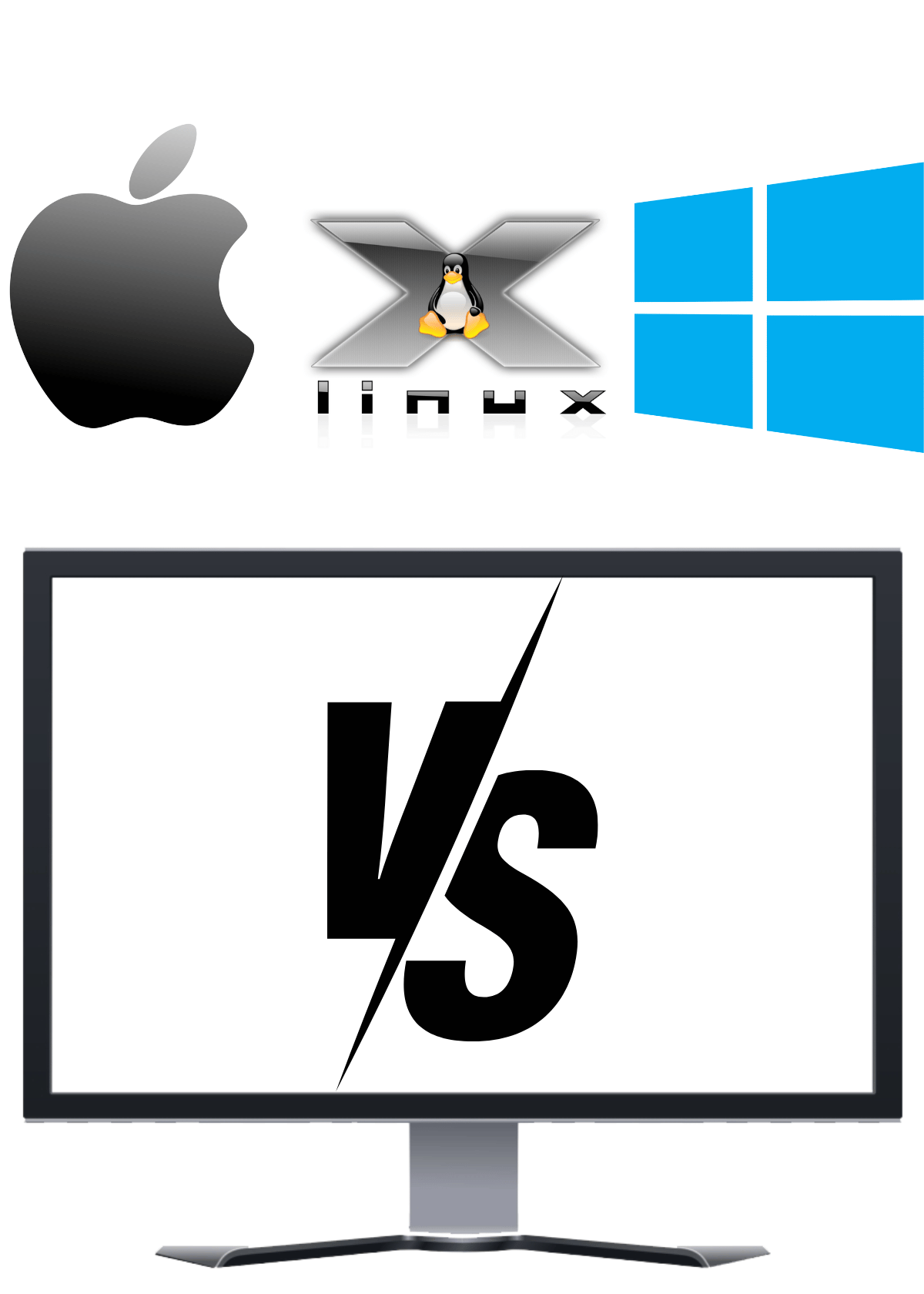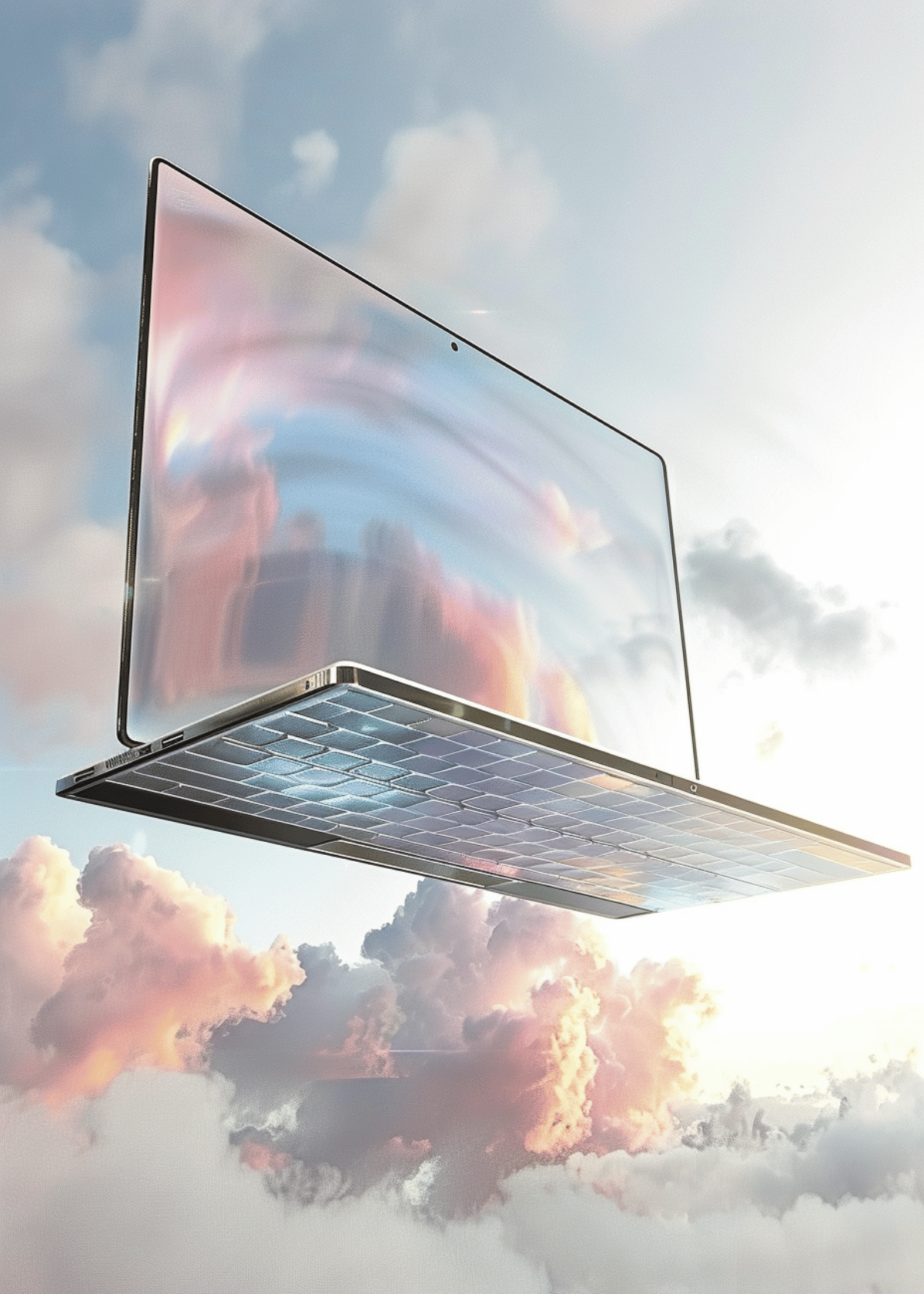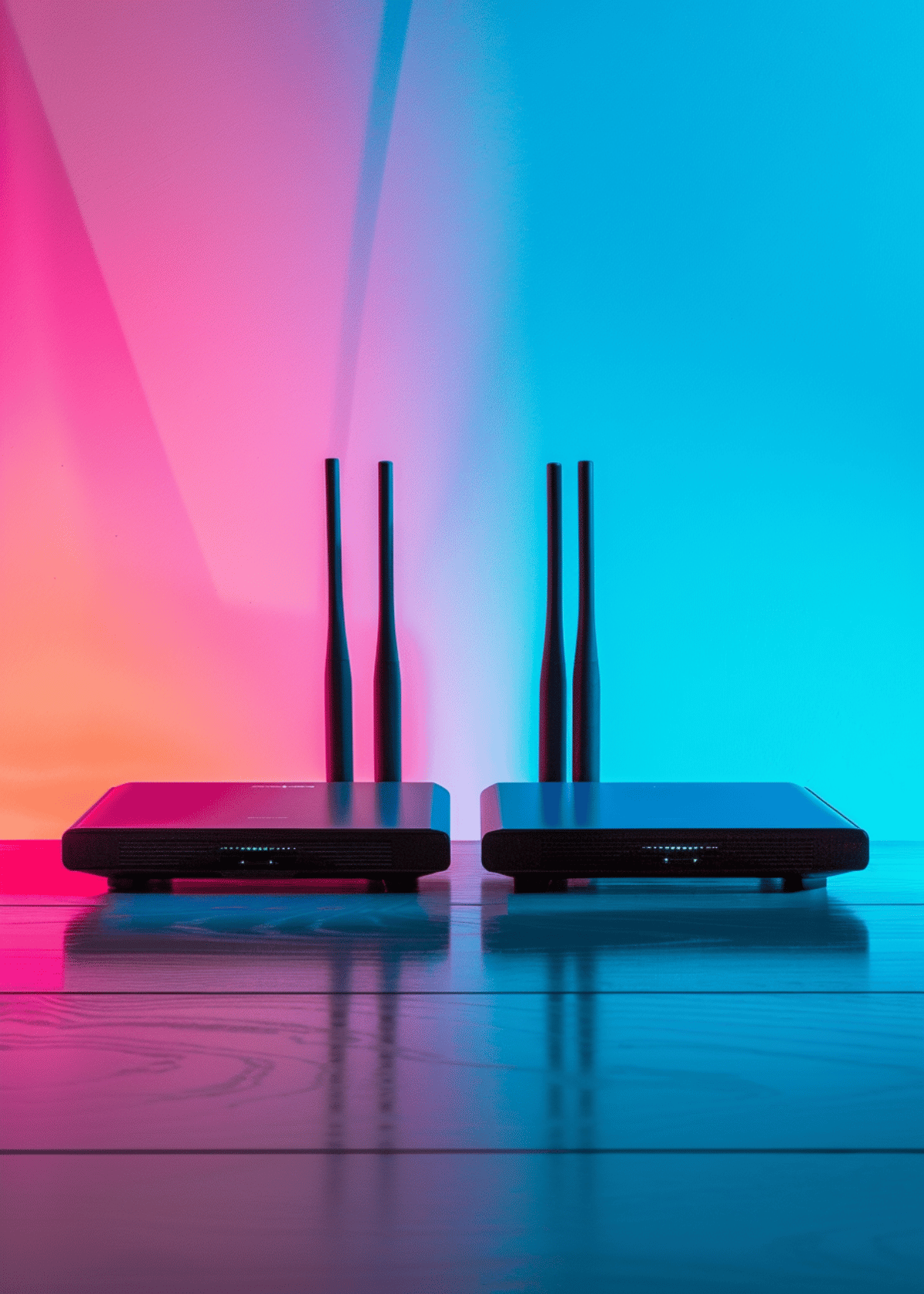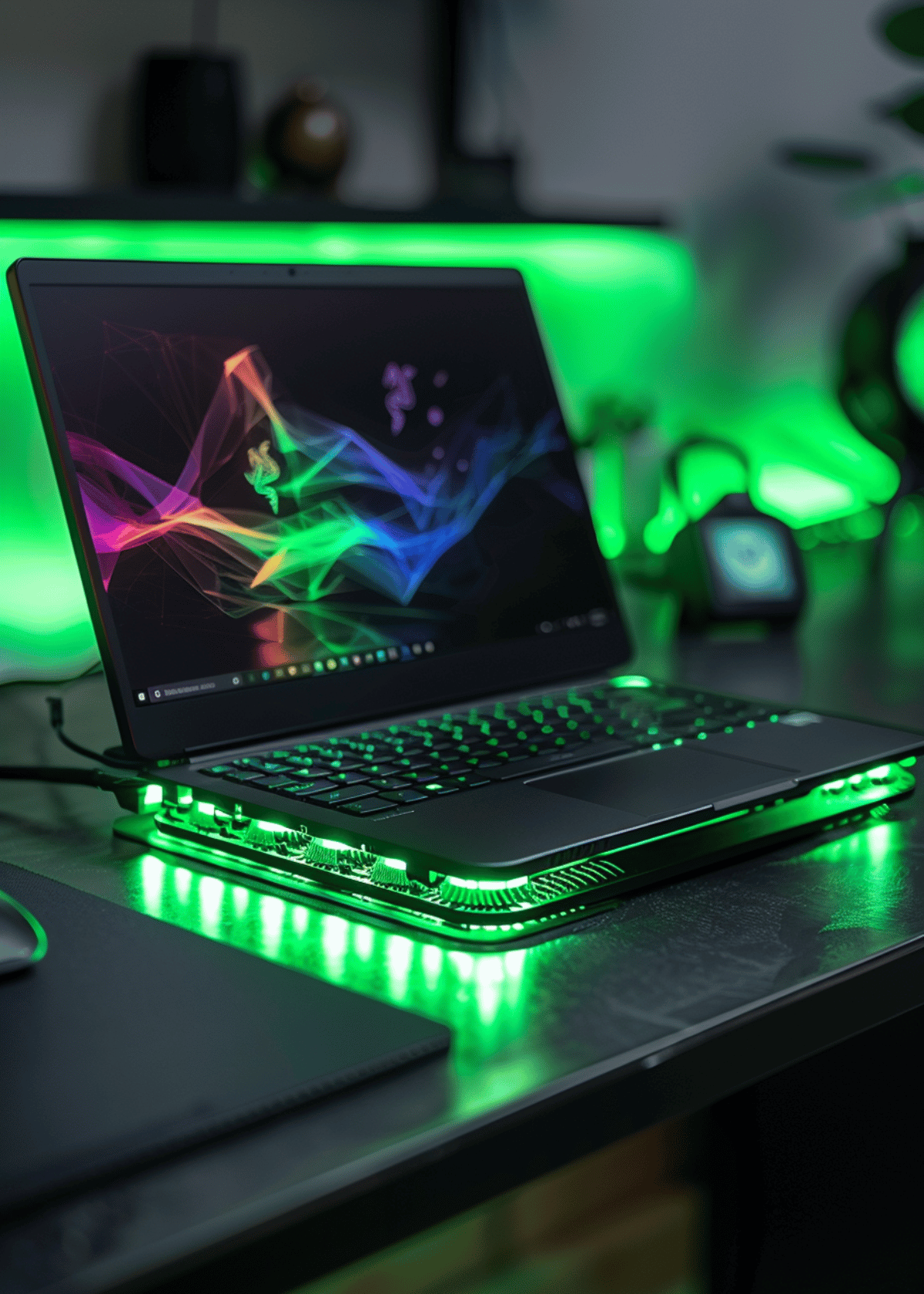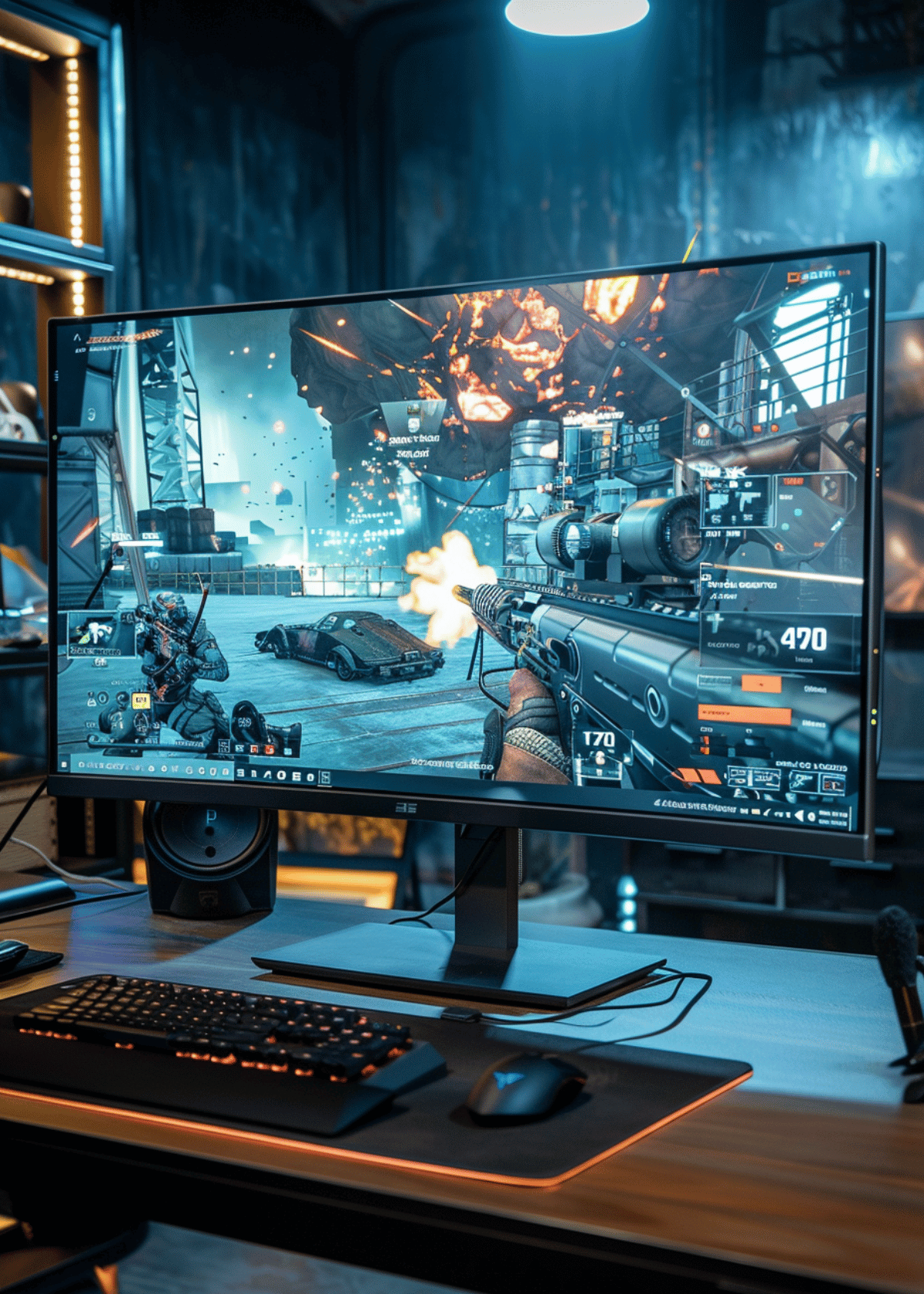Seeing the Future: A Review of Apple's Smart Glasses
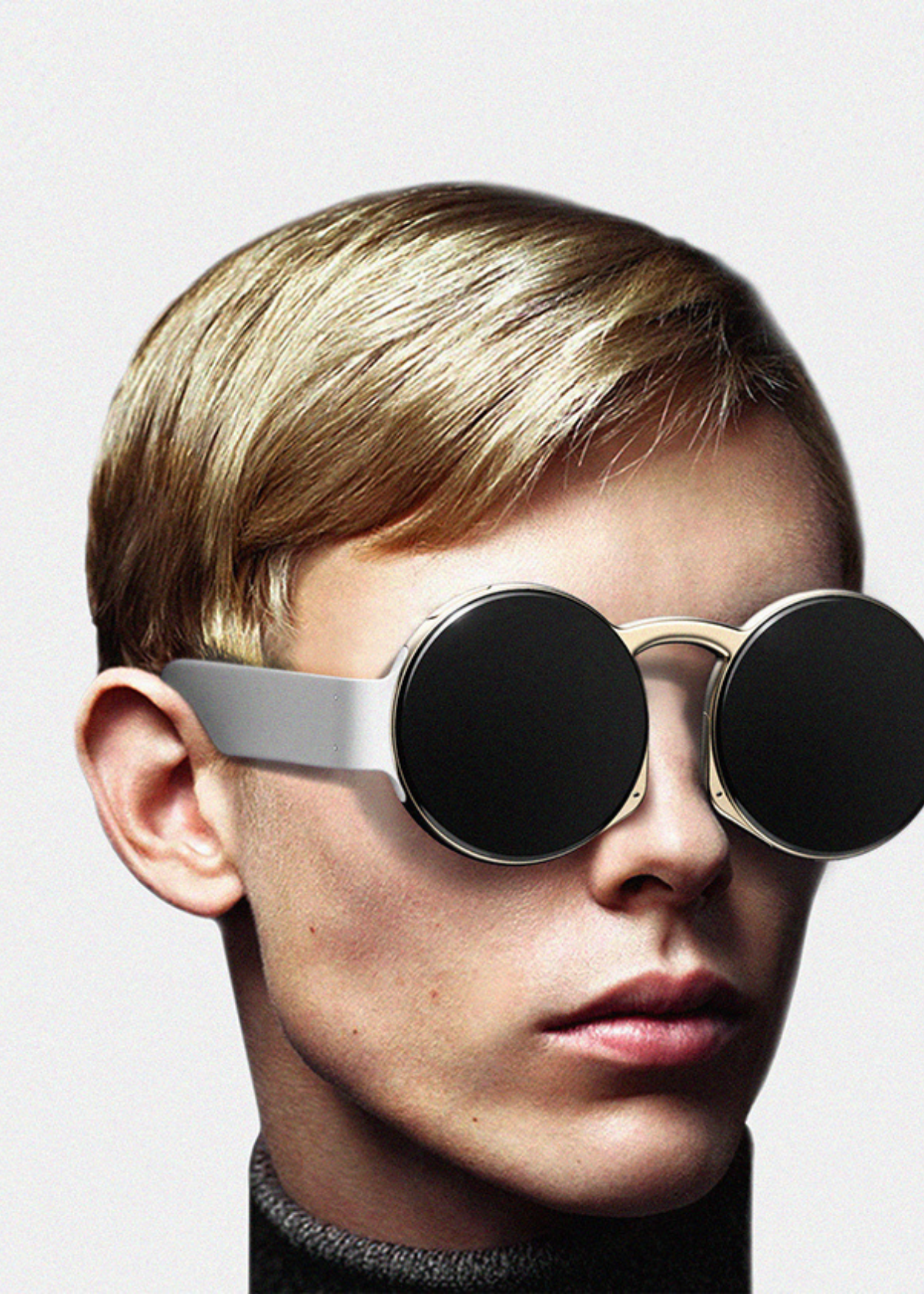
For a while now, there have been speculations that Apple would follow its mixed reality AR/VR headset with a lighter, more comfortable augmented reality device known as "Apple Glasses" that would be launched around 2024.
As we've come to expect from Apple, their smart glasses will be as stylish and sleek as the technology inside would allow. In May of 2020, leaker Jon Prosser stated during a podcast that the Apple glasses would resemble traditional glasses - a plausible design choice. Rather than resembling "heavy machinery on your face," their design will be geared toward regular consumers.
However, rumors have since shifted and it appears that the Apple Glasses project is currently on hold. Nonetheless, Apple still plans to release this technology in the near future. This guide compiles everything that we currently know about Apple Glasses, but it's essential to keep in mind that this project is still several years away.
Apple Glasses Design
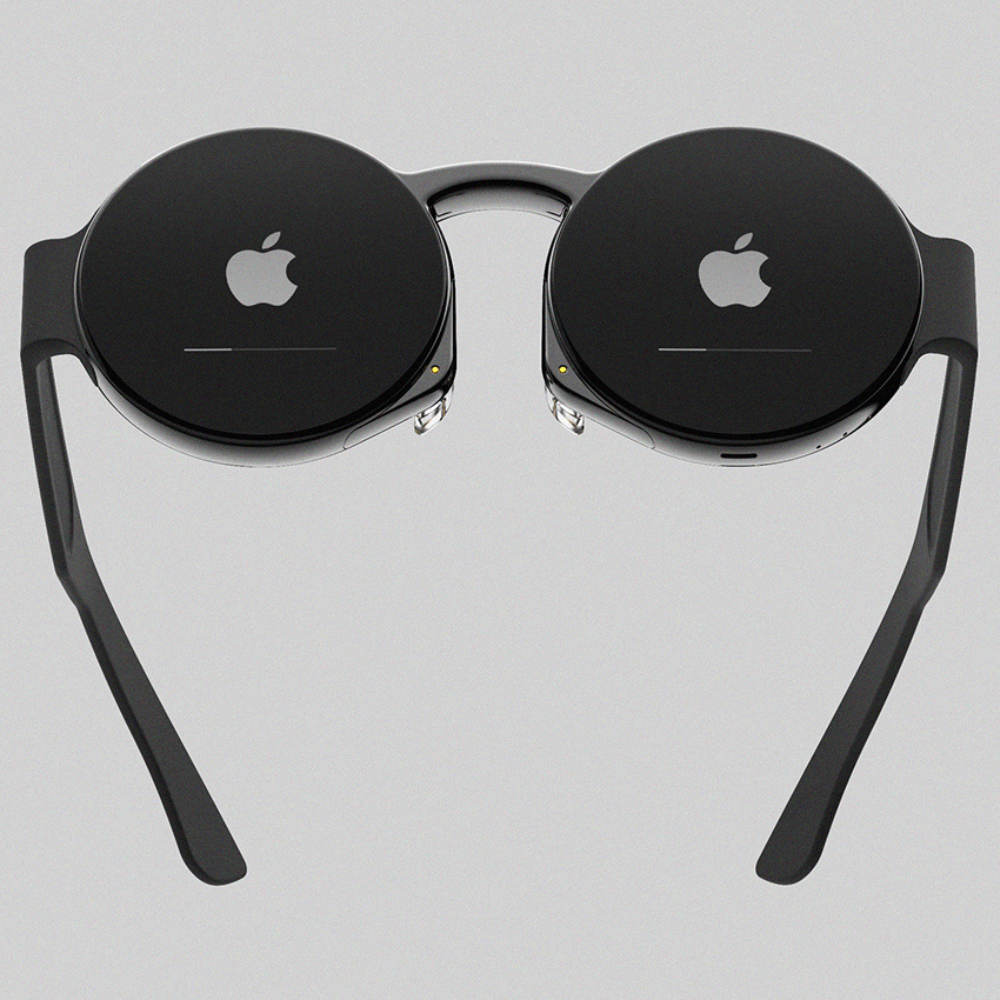
According to reports, the Apple Glasses are intended to be a fashion-forward wearable that resembles traditional glasses. The lenses will contain built-in displays that can be interacted with through gestures.
Apple was said to be considering using Sony's micro OLED displays, which boast impressive features like an ultra-fast response rate, high contrast, a wide color gamut, high luminance, low reflectance, and integrated drivers for a thin and lightweight design.
Leaker Jon Prosser claimed that the glasses would be similar in appearance to Ray-Ban Wayfarers or the glasses that Tim Cook wears, while Bloomberg reported that a prototype developed by Apple resembled high-end sunglasses with thick frames that house the battery and chips.
While there haven't been any leaked photos of the actual design, it is rumored that Apple wants these glasses to look fashionable and approachable, much like the Apple Watch. The company's approach to wearable design is subtle yet obviously tech-focused.
While many of the patents that have been revealed depict safety glasses, these are merely prototype drawings intended to illustrate the patent and not the final product. Ultimately, "Apple Glass" could end up looking like an ordinary pair of glasses, but we won't know for sure until something more official is released.
Apple Glasses Privacy and Patents
A recent patent application filed by Apple explores ways to make the camera recording on the Apple Glasses obvious to bystanders who might prefer not to be caught on camera. One option that Apple is exploring is to make the camera module removable. By doing this, it would be possible for venues such as bars and theaters to ban the modular accessory while still allowing the HMD frame (without the accessory) into the venues.
Another option Apple is exploring is to use lights to show when the device is recording. The lights on the camera could pulse in an encrypted pattern, with the lens capturing reflections in the recorded environment. If the camera cannot detect the pattern, the recording could be disabled according to the patent.
As a third option, Apple suggests an alternative where the camera is always embedded, but disabled unless a modular key is attached to the frames.
The latest patents also indicate that the Apple VR/AR headset could use gloves or the Apple Watch to sense finger gestures and that these features could make their way to the Apple Glasses. Overall, it appears that Apple is taking a proactive approach to privacy concerns related to the Apple Glasses and is exploring a variety of options to address these concerns.
Battery and Capabilities Rumours
The Apple Glasses will feature wireless signals, smart displays, microphones, powerful processors, and LiDAR technology, all of which require significant battery power. If Apple wants to create a device that everyone will want to wear, it not only has to look great but also perform well. A bulky battery and hot processor won't cut it, so Apple will need to find a balance.
One way for Apple to reduce power consumption is by minimizing the processing power of the glasses. Similar to the first-generation Apple Watch, the smart glasses could rely on the iPhone for all processing needs and only display that information. By relaying information from the phone to the glasses, Apple can significantly reduce local processing and focus only on powering the display and sensors. This could accelerate the release of such a product, but it's still possible that we won't see the Apple Glasses until 2025 or later.
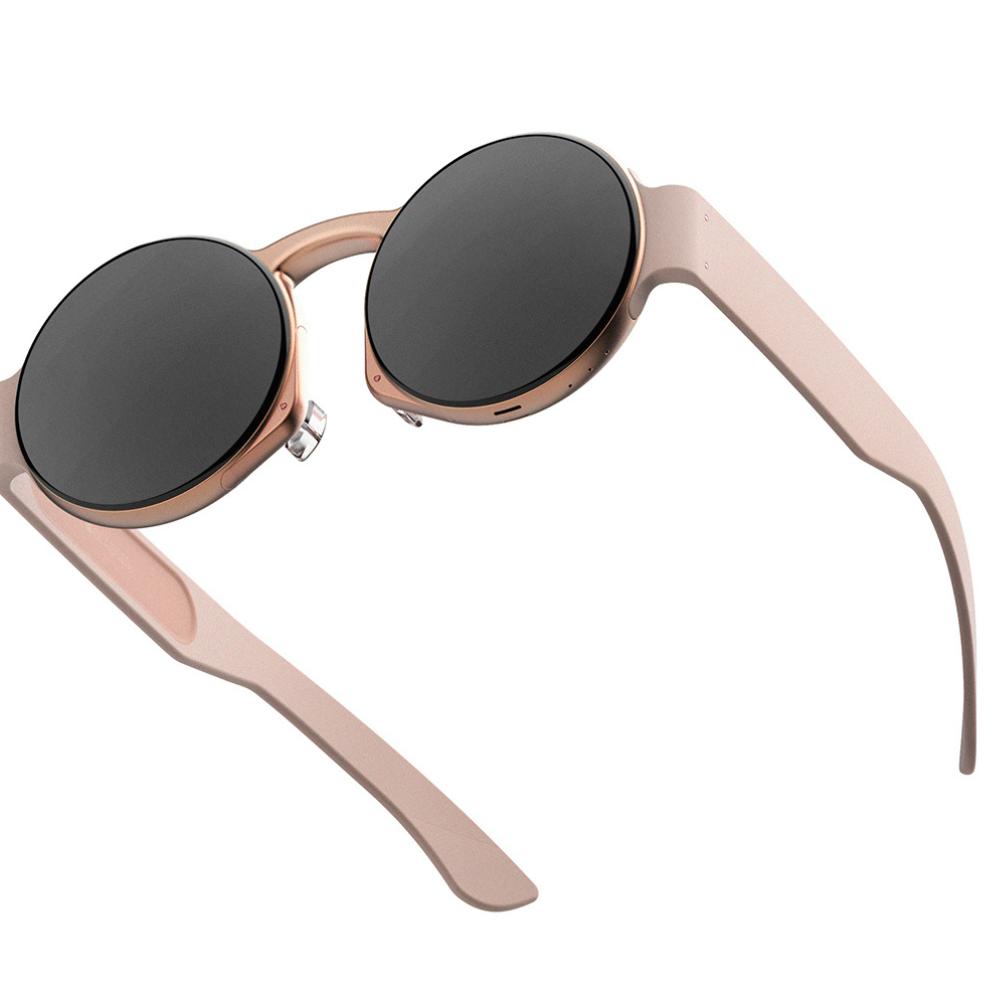
Apple has filed a patent for a series of base stations and IR tracking devices that could be used to process data and transfer information to "Apple Glass" or a VR headset. Offloading these tracking tools to a dedicated base station would allow for better tracking and less battery usage for the wearable. For example, a museum could use this technology to follow users around and show relevant data in their glasses with the base stations doing all the work.
Jony Ive, Apple's former Chief Design Officer, once said that a product could be in development for years, waiting for the technology to catch up with the idea. It's likely that Apple will take the same approach with the AR glasses, developing different iterations internally while waiting for the technology to mature.
Apple's AirPods are a good example of a super-compact device with good battery life. Even the small AirPods Pro can last for several hours with ANC enabled. If the prototype models of the Apple Glasses are as "sleek" as Prosser said, then Apple may have already solved its design problems surrounding battery life.
Another significant factor to consider is that the glasses need to function both as a piece of tech and as a fashion accessory. Moreover, they will also need to serve as actual glasses. It is expected that Apple will offer an option to order a prescription lens, but a patent describes another option where the lens itself adjusts for the user wearing them.
Apple Glasses price
According to Jon Prosser, the Apple Glasses are currently priced at $499, plus prescription fees. This price may seem low, especially when compared to other augmented reality headsets like the Microsoft Hololens 2 or Apple's own Vision Pro, which have a price tag of $3,500. However, a significant portion of their cost comes from having all the electronics needed to run the AR experience built into the headset.
In contrast, the Apple Glasses will rely on a companion iPhone for processing, so they will have significantly fewer parts and complexity than the Hololens. They will work more like the Vuzix Blade smart glasses, which have a built-in camera and Alexa integration.
Despite this, the Vuzix Blade starts at $799, making Apple's entry point more accessible and costing as much as some of its top-specced smartwatches. While the exact pricing of the Apple Glasses remains unconfirmed, it's clear that Apple is aiming to make this technology more affordable and accessible to a broader audience.
Apple Glasses Specs
There are currently no known specs for the Apple Glasses, but we can make some educated guesses based on existing technology. For example, it's likely that the glasses will have a field of view of at least 52 degrees and a resolution of 47 PPI, which is comparable to the Microsoft Hololens 2.
If Apple is aiming to create a true augmented reality solution, it's reasonable to expect the glasses to connect directly to the iPhone on a dedicated Wi-Fi connection. This will be necessary to process all the video captured by the glasses' cameras and send back the 3D imagery to the glasses at a high frame-per-second rate. Bluetooth simply won't provide the necessary bandwidth.
Regarding battery life, we can expect a minimum of three hours, although people may be more forgiving if Apple provides some kind of wireless charging glasses case that can extend the operative time throughout the day, similar to the Apple AirPods. It's also possible that Apple could use a smaller battery if the glasses rely heavily on iPhone processing power.
Overall, the exact specs of the Apple Glasses remain unknown, but we can expect them to be comparable to existing AR devices in terms of field of view, resolution, and connectivity, with a battery life that's at least competitive with other wearable devices.
Features to Expect
According to recent reports and patents, the Apple Glasses are expected to synchronize with a wearer’s iPhone to display things such as texts, emails, maps, and games over the user’s field of vision. Apple is also considering a dedicated app store for third-party apps. In addition, a recent patent suggests that Apple Glasses may use a projection-based system that beams images directly into the user's eye, avoiding the need for any transparent display. The glasses may also have the ability to change out backgrounds on the fly, perform chroma-keying, and let users view parts of the world they want to see.
(Image credit: Apple/USPTO)
Apple is also exploring the use of intelligent rings to track finger and hand movements more accurately, and the rings can detect what a user is holding in their hands, so the Apple Glasses can act accordingly.
(Image credit: Apple/USPTO)
There is also a mention of “privacy eyewear” in a recent patent, which could indicate a form of smart glasses that could be used to keep what's on an iPhone's display private.
In terms of design, the latest Apple Glass prototype reportedly looks like an “un-intimidating” pair of plastic glasses and has a LiDAR scanner on the right temple. Apple is also considering modular arms that each supply a distinct purpose or carry out a different function. The headset may use Sony OLED displays for AR, according to display analyst Ross Young. Overall, it appears that the Apple Glasses will have a range of features and capabilities, making them a highly anticipated product for tech enthusiasts.
iPhone Reliance
Apple analyst Ming-Chi Kuo has suggested that the Apple Glasses will be marketed as an iPhone accessory, serving as a connected display while offloading computing, networking, and positioning to the iPhone. This approach would be similar to how the Apple Watch currently works, which relies on the iPhone for many features and functionality. By leveraging the processing power of the iPhone, the Apple Glasses could potentially offer more advanced and immersive experiences without requiring bulky hardware on the headset itself. It would also reduce the need for a powerful processor and battery on the glasses, making them lighter and more comfortable. However, it's important to note that this is just speculation at this point, and Apple may choose to take a different approach with the Apple Glasses.
Starboard User Interface
It's been rumored that the Apple Glasses will have an interface called "Starboard," although no interface elements have been leaked or described yet. It's expected that Apple will adapt its iconography and UI for an AR interface, and the recent reveal of visionOS suggests that this may be the operating system and interface destined for Apple Glass. The LiDAR sensor on the glasses will allow for gesture control without the need for a controller or marker, but there have been patents suggesting that Apple might make a controller for more interactive experiences like games.
As the first generation, most experiences on Apple Glasses are expected to be passive, similar to Google Glass. Users can expect to see incoming iMessages, directions overlaid in real life and highlighted points of interest. The glasses will rely on LiDAR, geolocation, compass direction, head tilt, eye tracking, and other sensors to ensure accuracy when displaying AR objects. The iPhone and Apple Watch could also act as anchors for AR interactions, and users looking through their AR glasses would be the only ones able to see what is being displayed, providing greater privacy.
Why Delay?
According to Bloomberg's Mark Gurman, Apple has postponed the development of the Apple Glasses due to technical difficulties. Apple has had a problem developing the hardware required for a lightweight wearable with the power of an iPhone and enough battery life to run it effectively.
Despite scaling back on the project, Apple has not entirely stopped development on the Apple Glasses. The company still views the Apple Glasses as a potential product that could one day replace the iPhone.
The challenges that Apple is facing with the Apple Glasses are not unique to the company. Many tech companies have struggled to develop AR glasses that are both functional and fashionable. The glasses need to be lightweight and comfortable to wear for extended periods, have a long battery life, and provide a high-quality AR experience.
Given Apple's track record of innovation, it's likely that the company will continue to work on the Apple Glasses until they find a solution to these hardware challenges. However, it may be some time before we see the product released to the public.
Expected Launch Date:
According to analyst Ming-Chi Kuo, the Apple Glasses are expected to launch in 2026 or 2027 at the earliest. Bloomberg's Mark Gurman has also reported that a launch is at least four years away, indicating that we likely won't see the Apple Glasses until 2025 or later.
Given the technical challenges that Apple is facing with the development of the Apple Glasses, it's possible that the release date could be pushed back even further. Apple has a reputation for taking its time to perfect its products and waiting for the technology to catch up with its vision, so it's likely that the company will not rush the release of the Apple Glasses until they are confident that it is ready for the market.

